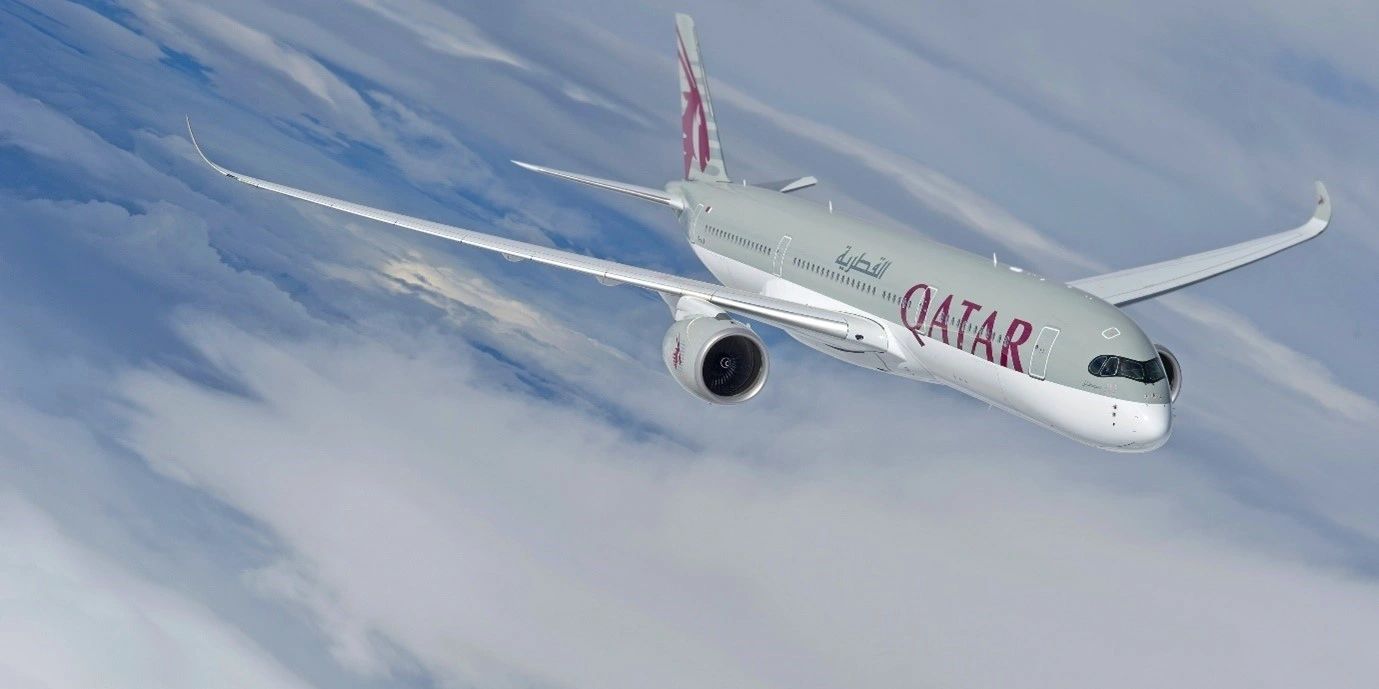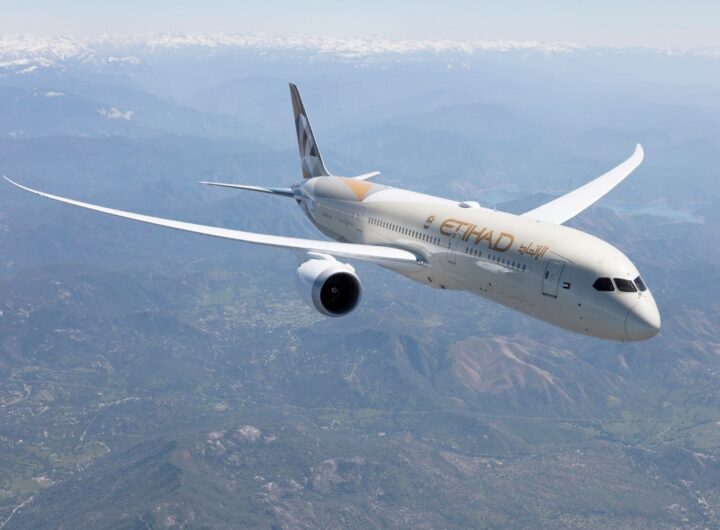
Qatar Airways stated on Monday that it lost more than $4 billion in revenue last year as a result of lockdowns induced by the coronavirus outbreak. The significant loss, which the state-owned airline blamed mostly on the grounding of its Airbus A380 and A330 wide-body jets, demonstrates the pandemic’s devastating impact on the sector.
Despite this, the Doha-based airline reported an increase in earnings to $1.6 billion before taxes and other costs compared to the previous year — costs that were significantly lower due to cost savings on jet fuel, salary reductions of 15%, and workforce reductions of approximately 13,400 employees. The pandemic has been particularly hard on foreign routes, wreaking havoc on super-connectors in the Persian Gulf that effectively lack domestic markets.
Qatar Airways’ main carrier has benefited in recent months from the end of a years-long boycott that barred it from Bahrain, Egypt, Saudi Arabia, and the United Arab Emirates’ airspace. The airline has been compelled to travel longer flights and burn more jet fuel as a result of the ban, increasing costs. For the first time since 2017, the energy-rich state’s airline restarted critical services to hubs such as Dubai, Cairo, and Riyadh in January, as the political standoff eased.
The airline admitted to receiving a $3 billion lifeline from the Qatari government to continue operating despite virus limitations. The airline’s revenue decreased to more than $8 billion from $14 billion the previous year. The airline incurred $2.3 billion in costs because of the grounding of its wide-body fleet.
The airline carried just 5.8 million passengers last fiscal year, down from 32.3 million the year before – a startling 82 per cent decline.
The long-haul carrier headquartered in the energy-rich Gulf Arab state of Qatar praised its resilience in the face of rapidly spreading virus strains, adding that its operating loss of $288 million was 7% less than a year before. The airline admitted that it received a $3 billion bailout from the Qatari government as it battled virus restrictions.
The region’s other two largest carriers, both of which rely on profitable long-haul routes, Emirates of Dubai and Etihad of Abu Dhabi, have reported considerable losses over the last year.
Qatar Airways acknowledged some limited signs of recovery, as global immunisation campaigns against the coronavirus ramp up. From a low of 33 destinations during the pandemic’s peak, the airline today serves over 140 destinations and has expanded into new areas such as Seattle, Washington and Brisbane, Australia.

 Etihad to Operate A350-1000 to Sydney From December 2025
Etihad to Operate A350-1000 to Sydney From December 2025  Air New Zealand and BETA Technologies Launch First Electric Aircraft in Tauranga
Air New Zealand and BETA Technologies Launch First Electric Aircraft in Tauranga  Supersonic Is Back: Boom Supersonic To Bring Fast Flights to the Skies by 2030
Supersonic Is Back: Boom Supersonic To Bring Fast Flights to the Skies by 2030  Cathay Pacific Elevates Its Membership Experience: Smoother, Simpler, and Better for Every Traveller
Cathay Pacific Elevates Its Membership Experience: Smoother, Simpler, and Better for Every Traveller  Malaysia Airlines Soars to New Heights: Named Among World’s Top 10 Airlines by Condé Nast Traveller
Malaysia Airlines Soars to New Heights: Named Among World’s Top 10 Airlines by Condé Nast Traveller  Oman Air–Qantas Partnership: Elevating Airline Loyalty and Middle East Travel for Australians
Oman Air–Qantas Partnership: Elevating Airline Loyalty and Middle East Travel for Australians  Bookings open for Ritz-Carlton Yacht’s 2027 summer sailings Evrima and Ilma with sail the Mediterranean and Northern Europe
Bookings open for Ritz-Carlton Yacht’s 2027 summer sailings Evrima and Ilma with sail the Mediterranean and Northern Europe  Regent Bali Canggu Launches Michelin Master Series: Premier Culinary Experience in Asia
Regent Bali Canggu Launches Michelin Master Series: Premier Culinary Experience in Asia  The Pros and Cons of Robot-Generated Itineraries
The Pros and Cons of Robot-Generated Itineraries  Royal Caribbean Group Unveils Ultimate Santorini Experience: Royal Beach Club Opening Summer 2026
Royal Caribbean Group Unveils Ultimate Santorini Experience: Royal Beach Club Opening Summer 2026 